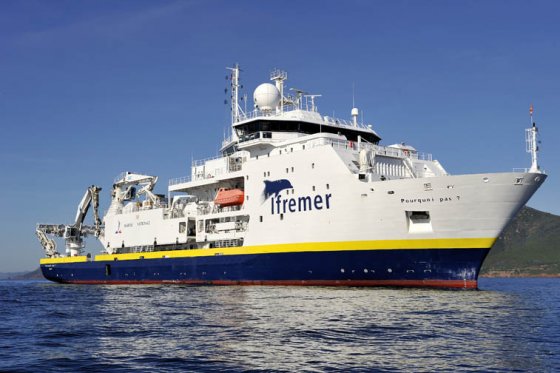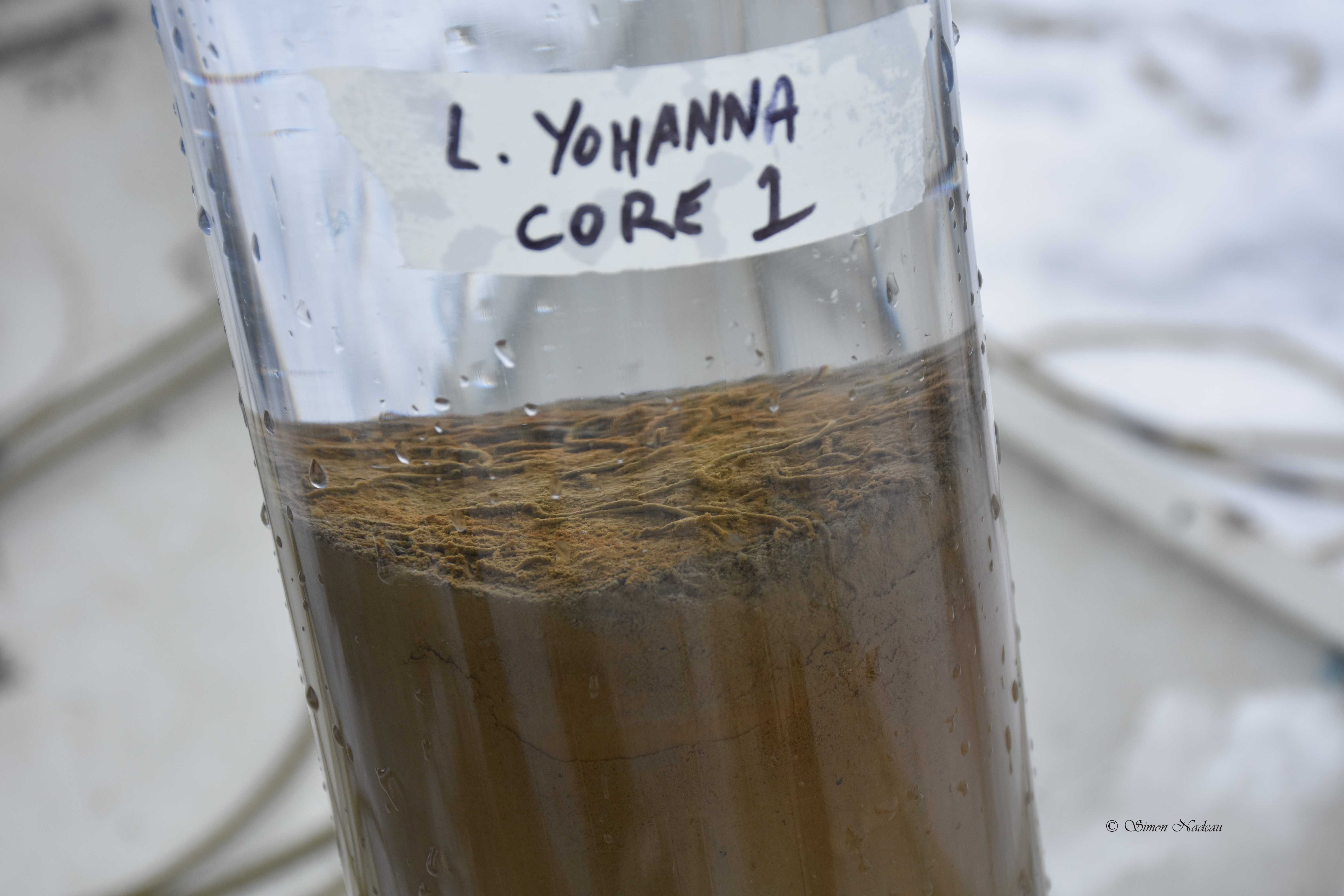PHD project on natural hazards and paleomagnetism at the Insitut des Sciences de la mer de Rimouski (ISMER) in close collaboration with the Institut de physique du globe de Paris (IPGP)
In the framework of the CASEIS (SEISmes dans les CAraïbes) research project, a scientific expedition lead by the Institut de physique du globe de Paris (IPGP) in collaboration with several other French and international institutions will take place in the Caribbean from May 28 to July 4 2016 on board the French research vessel the Pourquoi pas ? The objective is to sample a series of long sediment cores to reconstruct the frequency of catastrophic events such as volcanic eruptions, earthquakes, submarine mass movements and tsunamis in the area during the Quaternary. In collaboration with the researchers and students involved in the project, the candidate will mostly use the magnetic and physical properties of the sediments to characterize turbidites and other rapidly deposited layers in order to determine the trigger mechanism, as well as the influence of these layers on the magnetization acquisition process. The candidate will also play a key role in establishing the magnetostratigraphy of the collected cores.

- The Pourquoi Pas ? (Source : ©Ifremer)
EXPECTED STARTING DATE
Summer 2016 (May 2016) or Fall 2016 at the latest, but the student will have to participate to the oceanographic expedition.
RESEARCH SUPERVISION
Guillaume St-Onge
Professor and Chair
Tier I Canada Research Chair in Marine Geology
Institut des sciences de la mer de Rimouski (ISMER)
Université du Québec à Rimouski
STUDY PROGRAM
PhD in oceanography from ISMER at the Université du Québec à Rimouski (Rimouski, Québec, Canada). In addition, a thesis in cotutelle from ISMER and the Institut de physique du globe de Paris would be possible.
For more information on the PhD in oceanography at ISMER (http://www.uqar.ca/programmes/description/3292/)
For more information on ISMER (http://www.ismer.ca/?lang=en) and
l’Université du Québec à Rimouski (http://www.uqar.ca/english/)
For more information on life in Rimouski (http://www.uqar.ca/presentation/rimouski-ville-etudiante/)
SCHOLARSHIP
For this project, a scholarship of 15 900 $CAN/year is available for 3 years. A tuition exemption program is also available to cover the extra tuition fees of international students.
REQUIRED QUALIFICATIONS
The candidate will have university degrees in Earth Sciences (physical geography, geology, geological engineering, oceanography, or a related discipline) and some experience in sedimentology and/or paleomagnetism. Some relevant experience at sea and in the laboratory, as well as some knowledge of French will be an asset, but is not a requirement.
HOW TO APPLY
Please send all the documents listed below in one PDF file to
Professor Guillaume St-Onge (guillaume_st-onge@uqar.ca) :
1) cover letter ;
2) CV ;
3) all university transcripts ;
4) a list of practical and technical skills ;
5) names and contact information of two potential referees ;
Review of applications will begin now and continue until the position is filled.
QUESTIONS ABOUT THIS PROJECT ?
Guillaume St-Onge
Professor and Chair
Tier I Canada Research Chair in Marine Geology
Institut des sciences de la mer de Rimouski (ISMER) & GEOTOP
Université du Québec à Rimouski
310, allée des Ursulines
Rimouski, Québec, Canada, G5L 3A1
guillaume_st-onge@uqar.ca
http://ismer.uqar.ca/St-Onge-Guillaume
http://paleomag.uqar.ca
http://www.uqar.ca/geologie-marine/
Université du Québec à RimouskiLaboratoire de recherche en |
Adresse du laboratoire310 Allée des Ursulines, C.P. 3300 |
Téléphone et courrielTél: +1 (418) 724-1650 poste 1741 |

